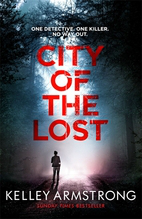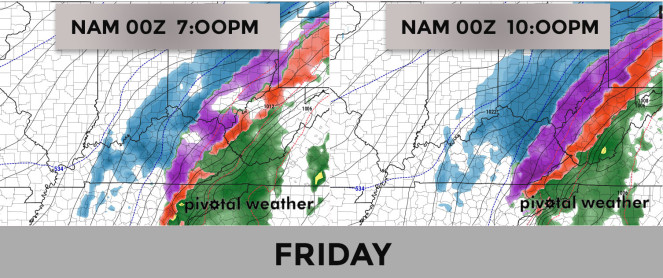
Read 04/01/2018-09/01/2018
Rating: 4 stars
Strong female lead? Check.
Passes the Bechdel Test? Check.
Positive representation of People of Colour? Check.
Passes the Wallander Test*? Check
City of the Lost was one of two books chosen for me by my SantaThing Secret Santa this Xmas just gone. I hadn’t heard of Kelley Armstrong before, so I was curious to find out what her style is like.
City of the Lost is a crime thriller in the hard boiled mode. Detective Casey Duncan is a brilliant heroine. She’s sassy, determined and focused, in control of her life, but a dark incident from her past is about to catch up with her.
I took to her as a character almost immediately. The scene setting at the start felt a little bit clichéd, but once the story got going she came into her own. I understand that the scene setting was necessary, because this is the first in a series of novels about Casey Duncan. Armstrong needed to introduce Casey and outline where she is coming from, why she is the person she is, but the way Armstrong used a therapy session as a vehicle for presenting the information didn’t work for me. It felt forced. The rest of the book is intelligent and mixes together a range of themes, from how our childhoods shape us, particularly parental expectation, to what it means to be human and what happens if we lose that ability.
The setting of the story is a hidden town for people who need to escape their lives for a period, whether they’re fleeing an abusive relationship, escaping a vendetta, or laying low until an investigation into their criminality blows over. Casey heads there with her friend Diana, who is escaping from her ex-husband. The town is run by a Sheriff and his Deputy. Eric Dalton is the sheriff, born and raised in the town and committed to its future. Will Anders is the deputy, a former military police officer, and the more approachable of the pair. Isabel Radcliffe runs one of the two bars in town, and Beth Lowry is the town doctor.
The main characters are all well devised, even Casey’s friend Diana who is a natural victim, described by Dalton as a vindictive, jealous brat. Diana could have been a cipher in the hands of a less thoughtful writer, but she provides context to Casey and has more about her than mere plot development or representation of a type. Dalton is a tough nut who doesn’t want Casey in his town. Anders is the leaven that softens Dalton’s bluntness. Isabel is the overseer of the town’s social structure, and Beth is GP and coroner rolled into one, and extremely candid about her reasons for being in town.
There’s a supporting cast of horny men, cranky women, and frustrated intellectuals. And there’s something nasty living in the woods.
It made me think of Northern Exposure, my favourite TV show from the early 90s. Here’s a remote and inward-looking community of misfits and escapees, with someone parachuted in from the outside world who isn’t entirely there against their will but given the choice would definitely be back in their old life. The difference is that Rockton is a less cozy town than Cicely.
I enjoyed Armstrong’s creativity in making the town off grid. I’m thinking about sustainability of electricity supply as part of the exhibition I’m working on, so reading about a town powered by locally generated DC where only public buildings get to have their own generator because the town’s too remote for large scale supply of fuel and solar panels on every building would give the town’s location away to passing planes, sparked some ideas about how homes in the future might operate as we switch to renewable energy sources.
Real world parallels aside, what I enjoyed most about the book is how gripping it was. I had to make myself put it down so that I could eat and sleep and interact with loved ones. The crimes are pretty gruesome, the investigation is intellectually engaging, and even the romantic entanglements, which felt a bit teenage at times, make a kind of sense. There were proper hold your breath moments for me as the investigation twisted and turned to its conclusion. It kept me guessing to the end, changing my mind about whodunnit at regular intervals. I had my suspicions about who but I didn’t guess why. I’ll definitely be reading the next one in the series. In fact, it might be my new favourite crime series.
———————————
*This is my made up test for a good crime thriller with a believable main male character: the lead detective (if male) or lead male crime investigating character should have difficulty maintaining relationships, be bloody-minded about work, but ultimately be humane and relatable, like Kurt Wallander is. It could also be called the Morse Test or the Brodie Test or the Erlendur Test.
Advertisements Share this:




